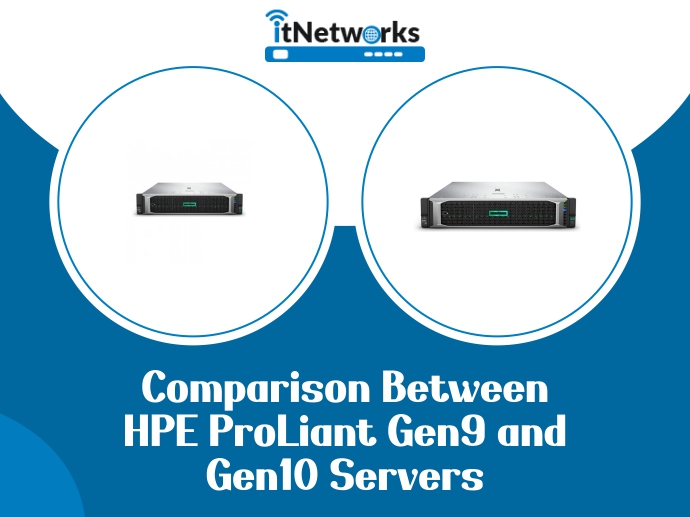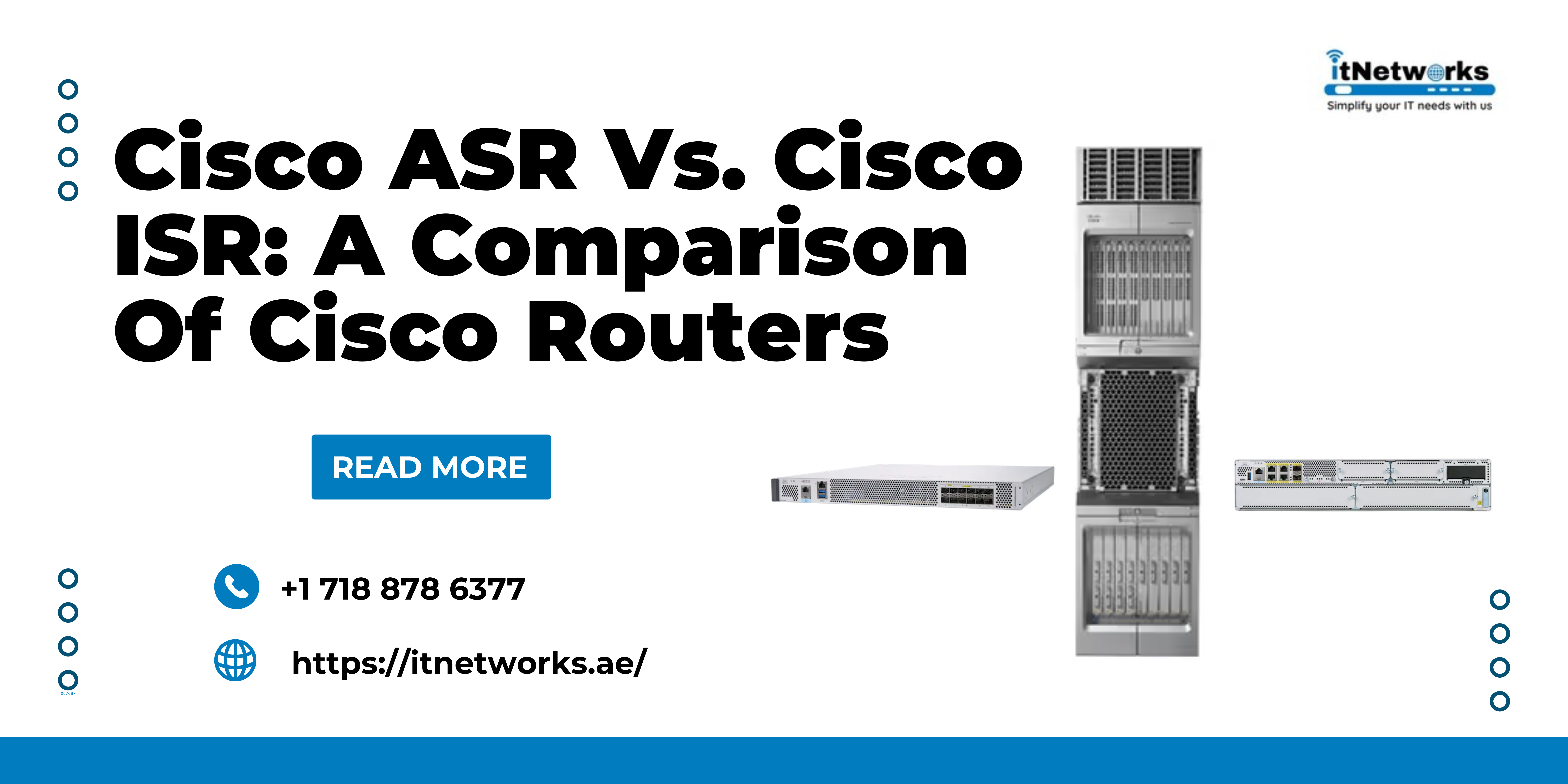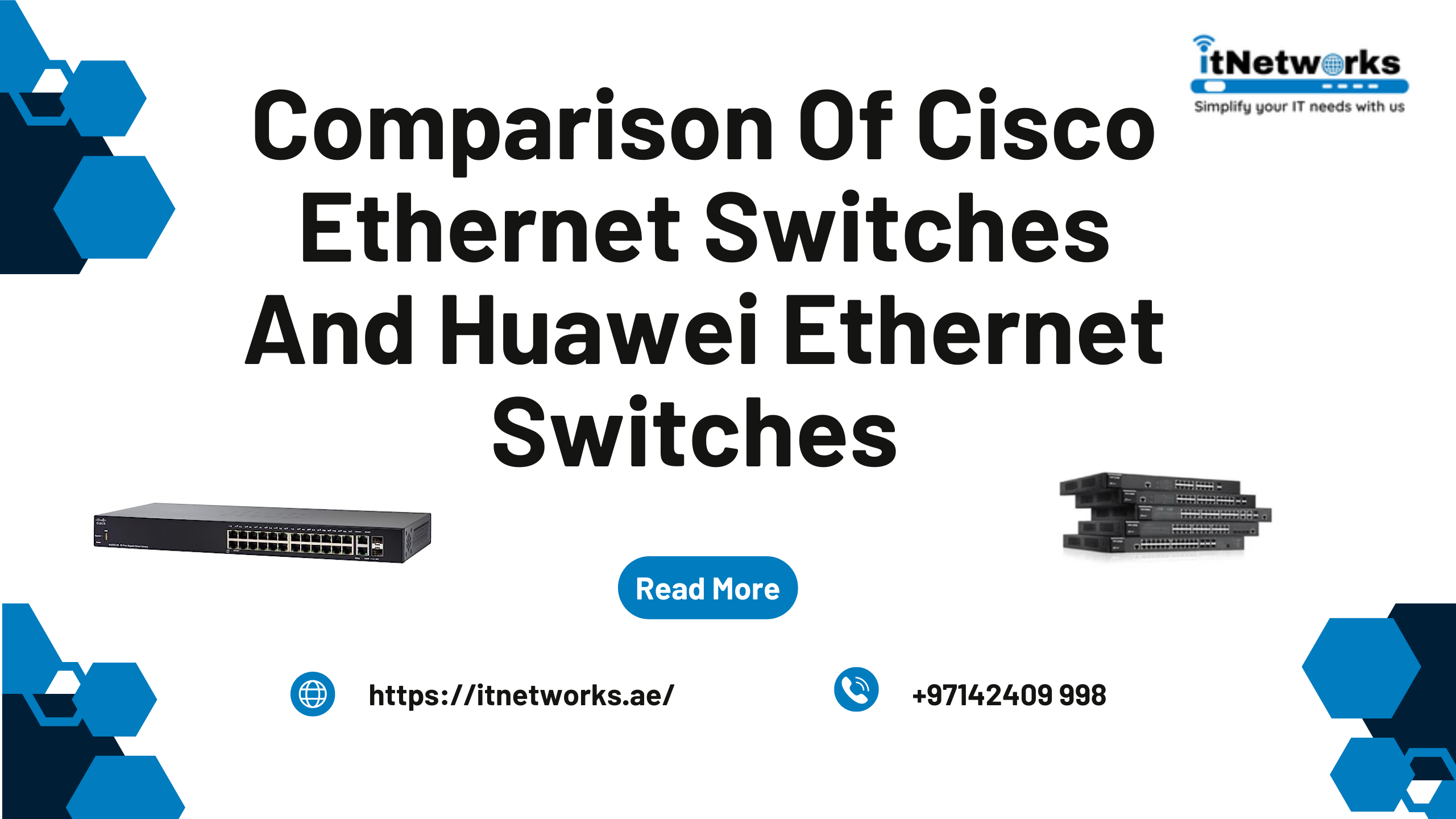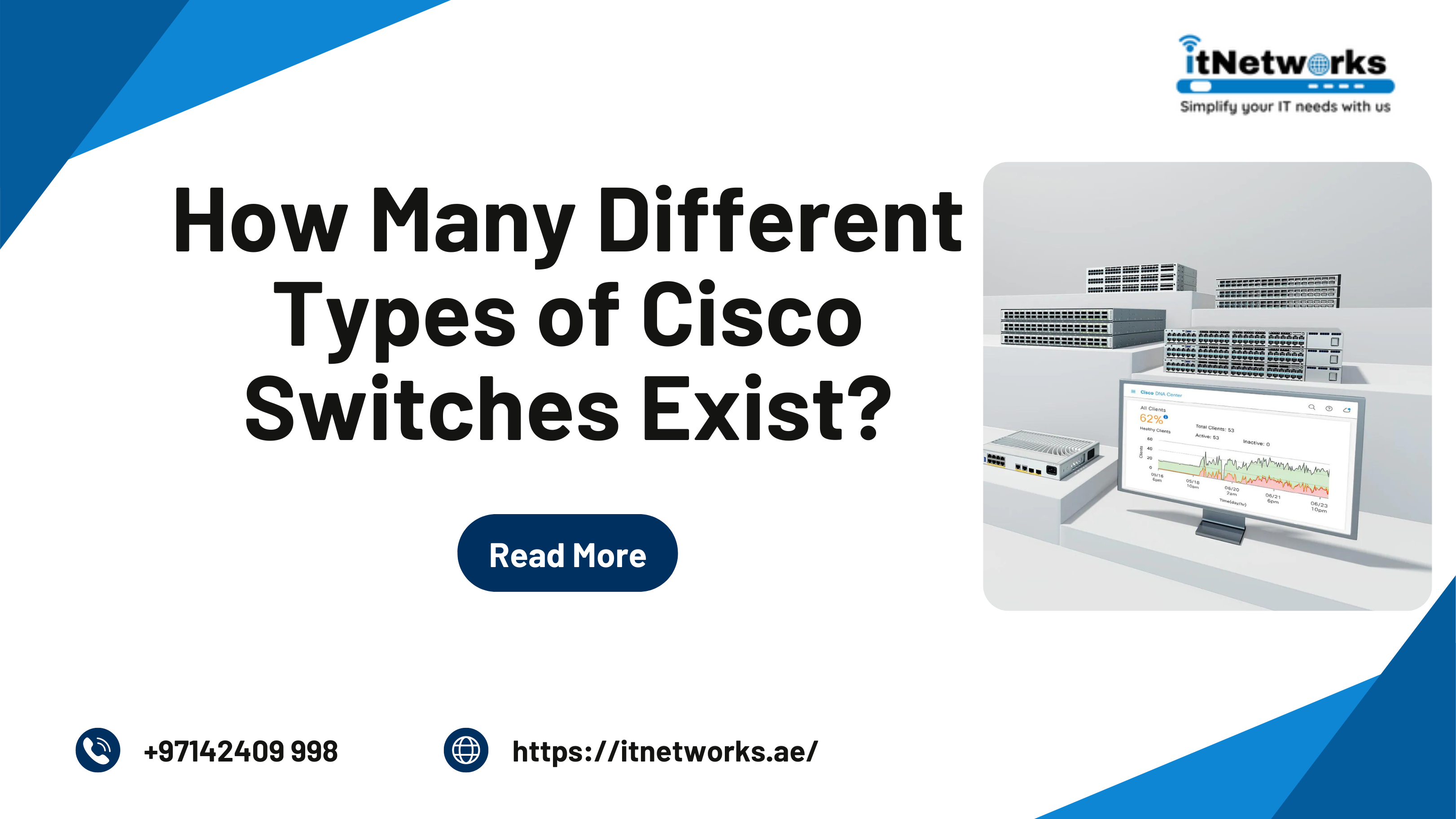Comparison between HPE ProLiant Gen9 and Gen10 Servers
HPE’s ProLiant servers are extensively used worldwide due to their scalability and dependability, making them appealing to various types of organizations.
HPE launched its ProLiant server ninth generation (Gen9) in 2014, and three years later, in 2017, the tenth generation (Gen10) was introduced. As there have been three years of product advancement between Gen9 and Gen10, it is important to understand the significant differences.
To help you decide which generation is most suitable for your organization's requirements, we will discuss the similarities and differences between HPE ProLiant Gen9 and Gen10 servers in detail.

What is HPE ProLiant Servers?
The components of HPE ProLiant servers include DDR memory, storage, and network adapters, which are collectively known as "HPE Server Options". HPE Server Options aim to provide high levels of efficiency for various workloads, prioritize reliability, and remain cost-effective, depending on HPE SERVER the budget. This approach makes HPE ProLiant Gen10 servers with configurable HPE Server Options a desirable option for different environments, ranging from small businesses to large data centers at the enterprise level.
HPE ProLiant Gen10 servers offer a wide range of options for IT leaders to create a suitable environment that caters to their specific requirements. These options include various racks with multiple dimensions, as well as power distribution units that range from small to enterprise scale. Additionally, Gen10 servers are equipped with virtual machine capabilities and designed to operate effectively in hybrid cloud environments.
Comparison based on different parameters
Central Processing Unit (CPU)
The HPE ProLiant Gen10 servers are equipped with Intelligent System Tuning (IST) that optimizes their performance by utilizing core boosting, jitter smoothing, and workload matching. In terms of processors, HPE ProLiant Gen9 servers use Intel's Xeon E5-2600 v3/v4 for DL100, DL300, and ML300 ranges.
In contrast, Gen10 servers offer Xeon v5 Bronze, Silver, Gold, and Platinum CPUs, which can have as many as 28 cores per processor. Compared to Gen9 servers, the latest Xeon v5 processors offer a 27% increase in core and a 71% increase in performance.
Memory
You have various options for HPE memory types and DIMM sizes to meet your performance requirements with both Gen9 and Gen10 servers. Gen10 servers offer HPE Standard Memory, as well as HPE SmartMemory for workloads that demand intense memory usage. HPE SmartMemory delivers a speed of 2666 MegaTransfers per second (MT/sec) and incorporates HPE Fast Fault Tolerance technology.
Additionally, Gen10 servers offer "Persistent Memory", which is fast permanent memory capable of reaching terabyte-level storage. HPE Scalable Persistent Memory comprises three primary components, including dedicated flash memory for stability, DRAM to accelerate applications, and a backup power supply to ensure optimal data transfer from DRAM to flash.
Server storage
Compared to Gen9 servers, Gen10 server storage comprises solid state drives (SSDs), hard disk drives (HDDs), and HPE Smart Array Controllers. Gen10 servers are equipped with a fresh set of enterprise RAID controllers, which enhance data availability, performance, and storage capacity. These controllers are capable of providing a maximum of 1.6 million I/O operations per second (IOPS), leading to a performance increase of 65% as compared to the Gen9 servers.
Gen10 controllers, in addition, consume up to 45% less power than Gen9 controllers. Gen10's mixed mode offers significant flexibility by enabling the use of both host bus adapter (HBA) and RAID simultaneously on a single controller. This efficiency frees up the PCIe slot for additional utilization.
Security
HPE's Silicon Root of Trust and run-time firmware verification provide Gen10 HPE ProLiant servers with more sophisticated security features than Gen9 servers. These security measures protect against cyberattacks and malware.
The networking adapters of HPE servers aid in safeguarding data, applications, and server infrastructure from cyberattacks by verifying the firmware's authenticity using the HPE Root of Trust architecture. This helps to prevent, detect, and recover from potential security breaches. Additionally, Gen10 hardware security is strengthened by HPE Chassis Intrusion Detection Kits.
Expansion
Both Gen9 and Gen10 HPE ProLiant servers are designed to be scalable and allow for the addition of more memory, larger hard drives, and other components. For instance, Gen10 servers can begin with up to 28 cores and expand to 36 or more cores, enabling internal storage to reach as much as 459 TB.
Likewise, the HPE ProLiant servers of Gen9 are also scalable, starting from 22 cores and expanding up to 36. Certain Gen9 models offer additional risers with two or three slots per riser, as well as expansion slots that can be utilized as required. These expansion slots comprise of both half-length/full-height and full-height/half-length slots.
Conclusion
In comparison, HPE ProLiant Gen10 is a better server than the Gen9 server as the former offers better processor, memory, storage, security, expandability, and scalability. So, generally said, you should choose HPE ProLiant Gen10 over the Gen9 server. Rest, it depends on your preference and business requirements.
First and most important, you should consider the type of workload your organization will be running on the server. If the workload is highly demanding, you should consider Gen10 as Gen9 is for a less demanding workload. You should consider the compatibility of the server with your existing hardware or software as well. Choosing a server that is compatible with your existing infrastructure is more cost-effective. Lastly, you should consider your budget to invest in the HPE server. Because of advanced features, Gen10 servers are more expensive than Gen9 servers.
To know more about HPE servers, especially ProLiant Gen9 and Gen10, contact us via WhatsApp at +971585811786.





